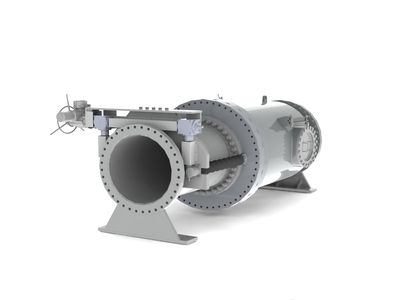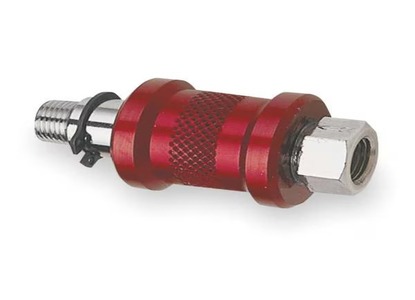With a focus on precision, ease of use, and reliability, sleeve valves have become integral in controlling fluids. These valves find application in waterworks, power generation, and manufacturing industries where rigidity and precision in flow control are requisite. To aid in decision-making about using sleeve valves, industries need to understand their functioning, advantages, applications, and maintenance needs.
Understanding Sleeve Valves and Their Functionality
Like any other valve, sleeve valves control the flow of both gas and liquid through ports to pipelines. The difference is in the structure. A sleeve valve is made of a cylindrical sleeve that moves within the valve body. The sleeve controls the opening and closing mechanisms and the flow rate modulations. While traditional gate or ball valves open or close completely, sleeve valves allow gradual and controlled flow. The controlled flow aids in minimizing turbulence and minimizing wear and tear easily.







